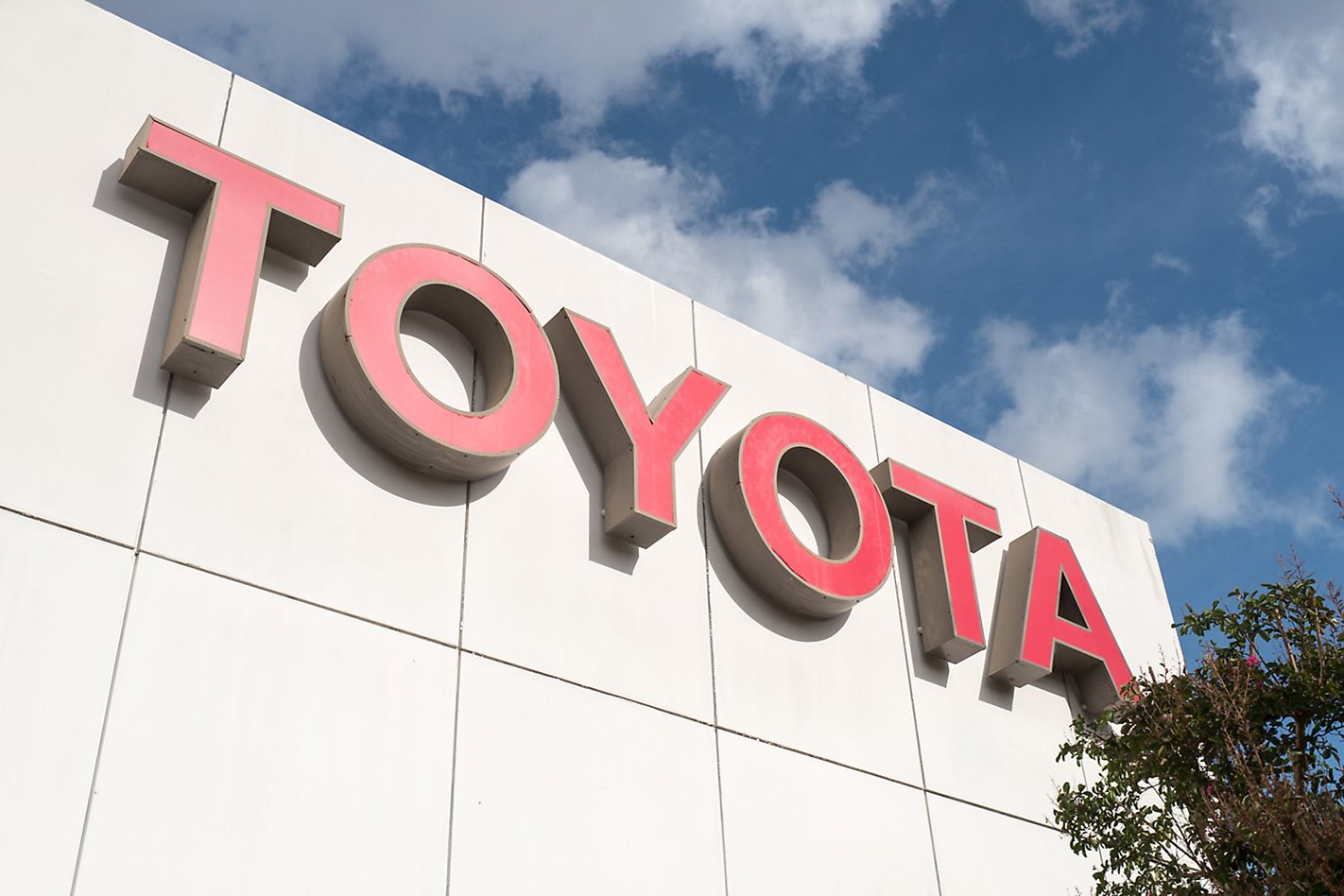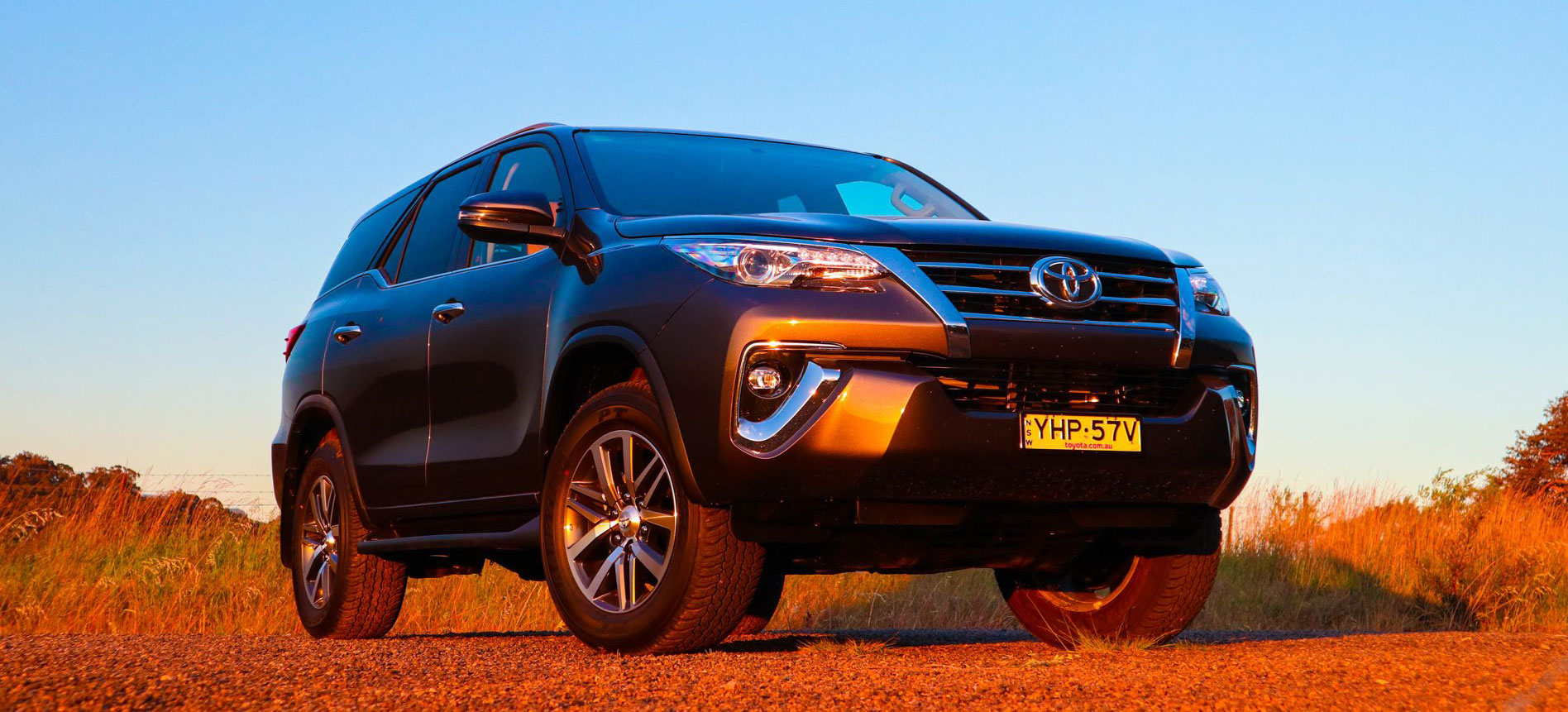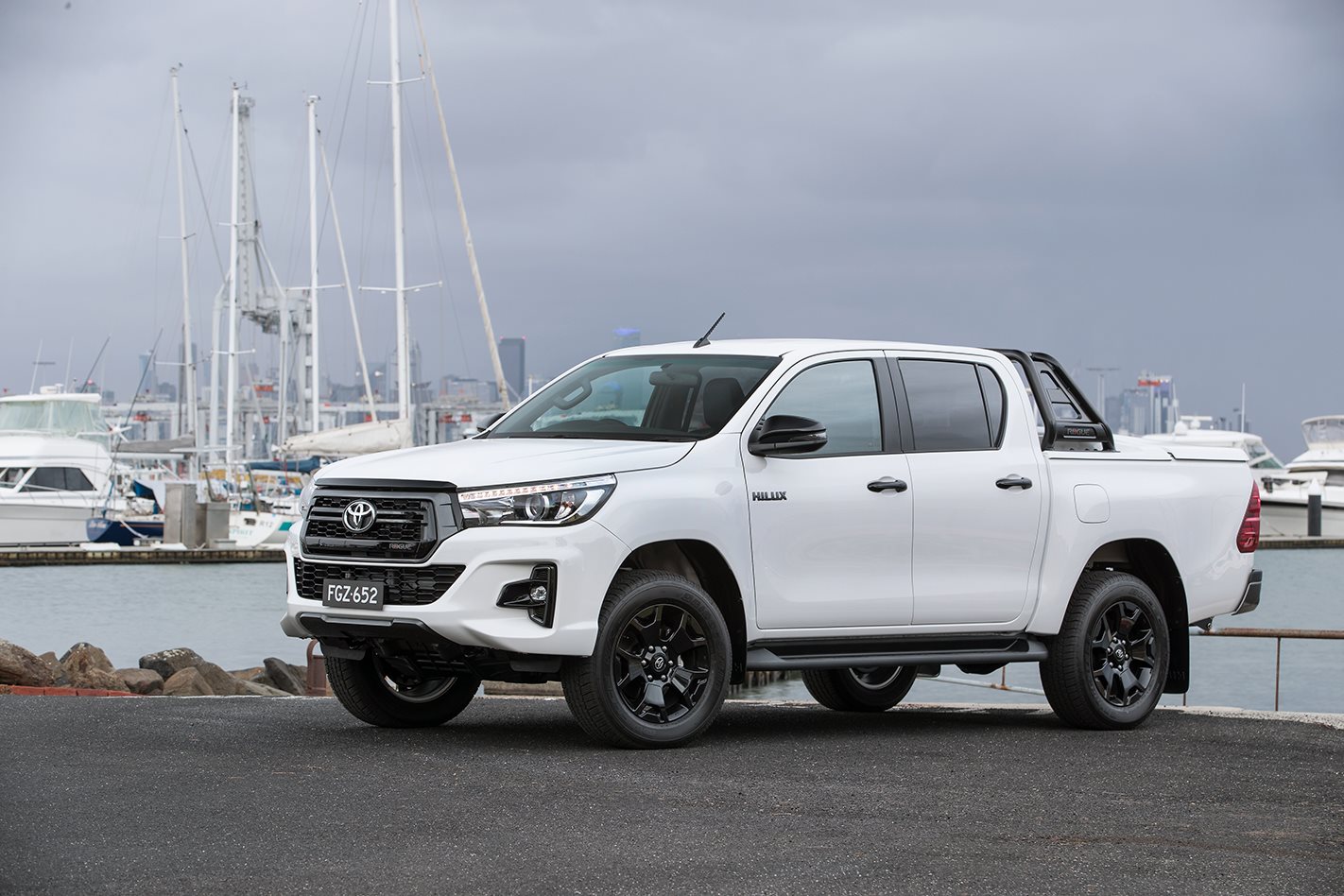
An independent report tendered to the Federal Court of Australia has pointed to design defects in thousands of Toyota diesel-engined dual cab utes and SUVs, as the class action over its diesel particulate filter performance takes a step forward.
The report also claims that none of the methods used by Toyota to solve the problems – which, the suit alleges, include excess fuel consumption, ‘”foul-smelling” smoke and additional repair costs to the customer – have been effective in solving the issue.
These methods, according to the report, have included at least three engine computer updates, a change in the precious metals used in the DPF, the addition of a manual override button to force the DPF to work, and even so-called ‘super burns’ on the affected filter performed at dealerships.
“The core defect was that the DPF system was not designed to function effectively during all reasonably expected conditions of normal operation and use in the Australian market,” wrote the author of the report, David P Garrett, who is president and principal consultant at Garrett & Associates, and a former emissions compliance expert at General Motors.
“The countermeasures attempted by the Respondent [Toyota] during the Relevant Period [2015-2018] were ineffective to remedy the problem, and in some cases caused the DPF System to malfunction in Relevant Vehicles [vehicles belonging to the participants in the suit] which had not previously suffered from any defect consequences.”
The suit, which names Kenneth John Williams as the applicant, alleges Toyota’s most popular diesel engine – the 1GD-FTV 2.8-litre four-cylinder turbocharged diesel found in the HiLux, Prado and Fortuner – is fitted with a potentially poor quality diesel particulate filter (DPF) that is costing vehicle owners money.
The diesel particulate filter sits within the exhaust system of the affected engine, capturing diesel particulates and incinerating them at regular intervals.
“The court has today adopted a report by an independent expert which confirms that Toyota sold hundreds of thousands of Australians defective Hilux, Prado and Fortuner diesel vehicles,” said Charles Bannister from Bannister Law.
“This is an important step towards obtaining compensation for all of those people who were sold defective cars they were told were “unbreakable”, who missed days off work while their cars were at the mechanics and who had to sit in at the traffic lights in clouds of foul-smelling white smoke.”

The claim will seek compensation for the loss and damage, including the reduction in value of the vehicles and the costs of excess fuel consumption resulting from the defects, inspection, service and repair costs, as well as lost income.
For its part, Toyota has extended its warranty on the DPF system to 10 years from the first delivery date of the vehicle when new, with no limitation on kilometres.
“This warranty extension applies to customers who may have experienced an issue with the DPF system which may present as substantial white smoke discharged during the regeneration process or the Malfunction Indicator Lamp (MIL) may illuminate and in some cases, as a precautionary measure, engine power may be reduced (‘limp home’ mode),” reads a release from Toyota.

However, there is no recall of Toyota vehicles for DPF problems in play, as the company states that “there are no safety concerns associated with the DPF issue.”
The mid-life update of the 2020 Toyota HiLux has brought power increases and technical updates for the 1GD engine, which Toyota claims has rectified the issues.



